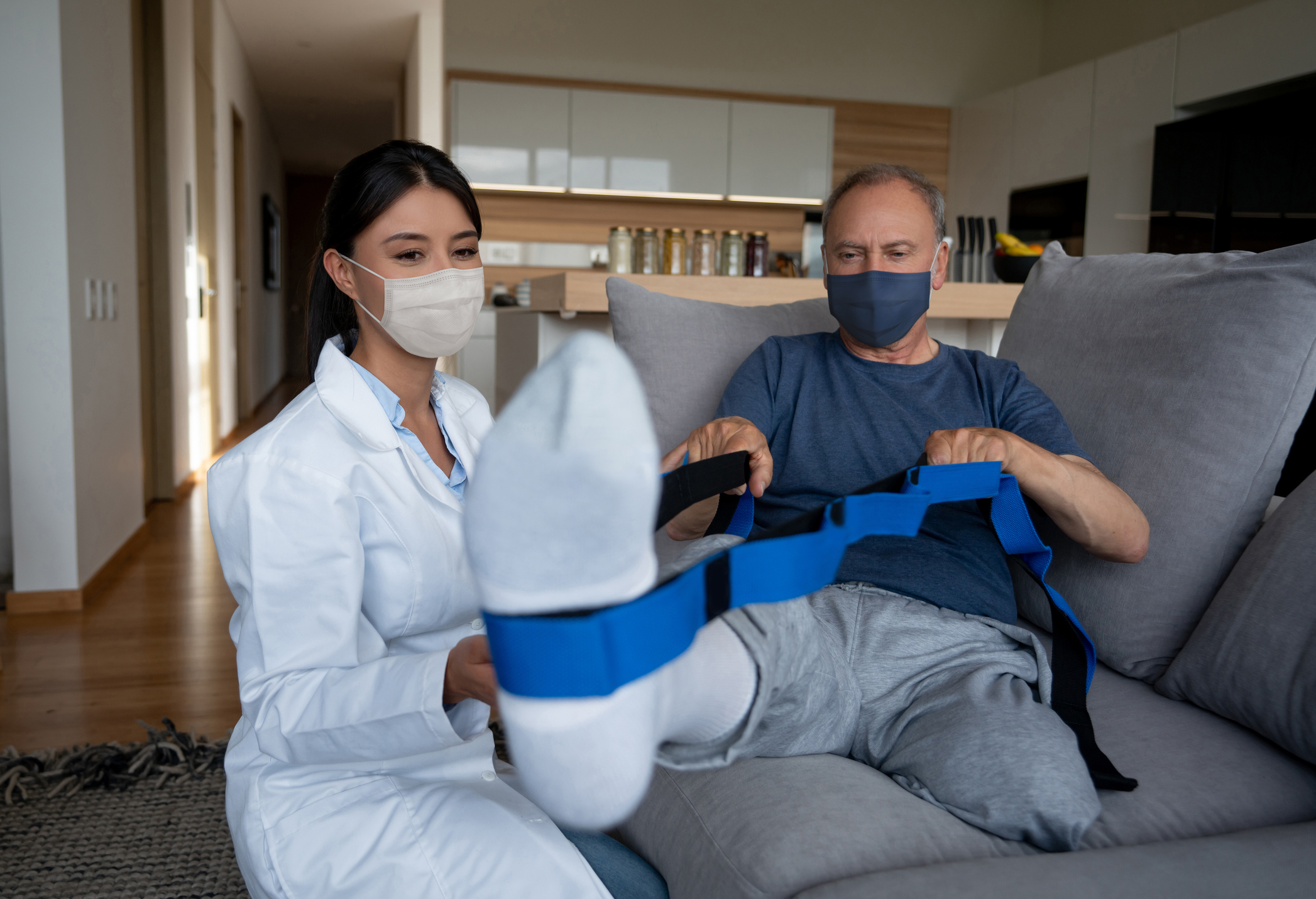Long-Term Considerations That Influence a Catastrophic Claim
Providing an injured worker with a sense of normalcy after a catastrophic injury can drastically improve their quality of life. These considerations can assist in the transitional process on the road to recovery.
August 27, 2021

With the incredible advances made in the medical field over the last few decades, the survival rate for a catastrophically injured worker has greatly increased. These catastrophic injuries are often life-altering, leaving much to be considered before the injured worker transitions back to home and, potentially, work.
“Regular team collaboration early on and throughout the claim is key when it comes to successful long-term management of catastrophic claims. Know your resources and make use of them,” said Stacy Whalen, Senior Medical Manager at Safety National. “These resources can help identify and resolve barriers as they arise, move treatment forward and mitigate long-term exposure. Catastrophic claims are a journey, so it’s helpful to anticipate the potential barriers that may prevent an injured worker from reaching a successful resolution of their claim.”
While catastrophic injuries typically prevent an injured worker from returning to work, there are still many factors that can enhance their overall quality of life. Here are a few items to consider as an injured worker begins the process from rehabilitation to day-to-day life.
Function and Cognitive Abilities
When considering an injured worker’s ability to return to life pre-injury, can they perform day-to-day tasks, like driving or doing laundry? What levels of function do they have currently? Are there deficits that should be noted? If they need assistance, certain services are available to help regain the ability to perform these tasks. These services can be temporary or permanent, depending on functionality.
Psychological Impact
Even if it is not requested or does not appear to be needed, a psychological evaluation should be performed immediately. Actively addressing an injured worker’s state of mental health can drastically improve outcomes and alter the recovery process.
Transition to Home
As soon as possible, assess the current living situation of an injured worker, noting accessibility and where home modifications will be needed. Early intervention is necessary because identifying resources and completing any adjustments can be a lengthy process. Requests from the family and injured worker may vary, but focus on what is medically necessary to transition them comfortably back to their home. A specialist can also help assess these needs.
Return-to-Work Options
If an injured worker is able to return to work, reach out to their employer to see if they can provide light duty on a temporary or, possibly, permanent basis. Employers that can modify an injured worker’s job or requirements can provide them with a sense of normalcy and more self-worth.
Medical Needs
In addition to home accessibility for an injured worker, small or large durable medical equipment (DME) needs consideration. This can include items like ramps, wheelchairs, accessible showers and home healthcare assistance. Will a family member be providing care, or will attendant care be needed through an organization? And how many hours of care will be required?
Rated Age
A rated age, which reflects the individual’s life expectancy, can be used for reserving accuracy but can also help with a reduction in exposure. Rated ages should not be used as a catchall, though, and need updating, at least every three years. Encourage your third-party administrators (TPAs) to establish rated ages.
Settlement Options
Just because you are dealing with a catastrophic claim does not mean that it cannot be settled. If the claim is in a state where you can settle the indemnity on the medical in-full, it is advised that you do so. Evaluate the settlement exposure by utilizing a Medicare Set-Aside (MSA) to assess the costs.

























